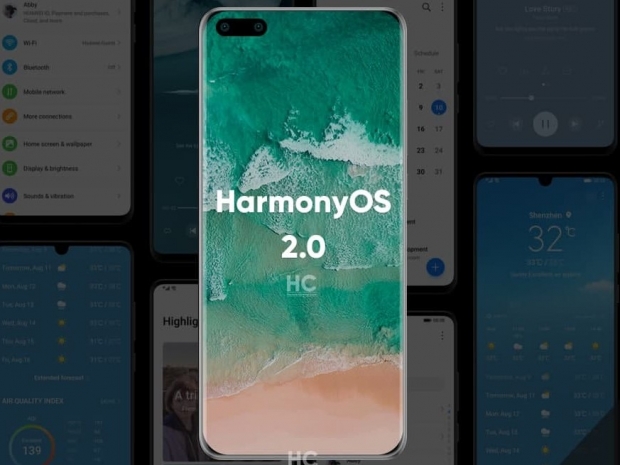The platform is an alternative to Android that powers TVs, smartphones, tablets, and smartwatches.
Huawei is positioning HarmonyOS as an operating system that can handle just about everything, from the smartphone in your pocket to IoT devices such as "power sockets and lamps".
The company says the goal of the platform is to have one set of code that can be used across virtually any device, saying that it is not aware of "any other operating system in the world" that can cover such a wide range of devices.
Leaning into this ability, Huawei developed a "Control Panel," which gives users the ability to connect multiple devices together, with the example of using the "music widget" to throw audio playback to nearby speakers or TVs. A "Super Device" widget shows icons for other nearby devices and enables a quick and easy pairing mode.
On smartphones, the HarmonyOS homescreen can use a swipe-up gesture on apps developed for the platform to see a widget pulling information from that app. Those widgets, apparently, can also be used across devices because of the shared codebase Huawei says HarmonyOS offers.
The homescreen can also intelligently add apps to a folder based on the category. Interestingly, Huawei says HarmonyOS devices will also be able to move running apps from one device to another, which is really neat and unique.
Moving apps between devices apparently also works between watches and TVs, with a workout app being used on both simultaneously given as an example. A video calling app was also shown moving between devices. Huawei says that performance of HarmonyOS is "superior" to Android with EMUI, specifically calling out long-term use.
While it looks like this might be more of a "fork" of Android, there are some distinct elements of Apple's iPad OS in the platform's tablet-optimised home screen.
Still, if Huawei makes this work, it could be a nasty surprise for Google, which can never be a bad thing.




